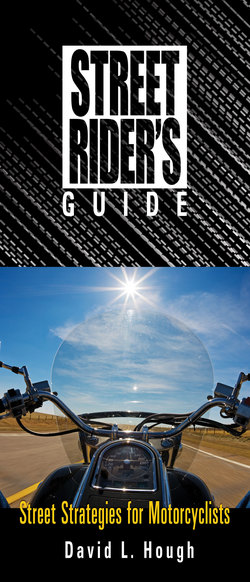Читать книгу Street Rider's Guide - David L. Hough - Страница 18
ОглавлениеEdge Traps
Those raised pavement edges in construction zones can be your downfall.
You’re working your way across town when you encounter a construction zone where the crews are grinding away the old pavement in the right lane to prepare for repaving. The rough surface really vibrates the bike and causes the front wheel to dart back and forth. It makes you nervous. The other lane still has the old paving, which appears to be clean and smooth, and you’re thinking about moving over. There aren’t any cones or signs prohibiting you from changing lanes. Then, for whatever reasons, traffic in the right lane slows down. That’s it! You’re going to ease over into the left lane to avoid getting stopped by the traffic light.
But as you attempt to ease over onto the old pavement, the front wheel is suddenly redirected by the pavement edge, and it steers along the edge, not over it. Before you can wrestle it back under control the bike slams over onto its left side in a shower of broken plastic. Your decision to wear your riding gear today really paid off. You’re injuries are limited to bruises. You’re wondering why the bike toppled over so quickly. The pavement edge is only 3 or 4 inches high.
Remember that two-wheelers are balanced by steering the front wheel to position the contact patches beneath the center of mass. When your front tire contacted the raised edge at a narrow angle, it was steered along the edge rather than over it. When you couldn’t steer the front wheel, you couldn’t keep the bike balanced. Because of the way raised edges trap the front wheel, they are often called “edge traps.”
When you need to get the bike up and over a raised edge, steer away and then come back toward the edge at a greater angle, preferably 45 degrees or more. Add a little throttle to help drive the tire up and over, and then straighten out. It’s the same way you would bounce up onto a curb.
